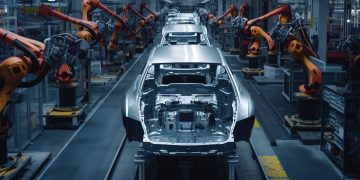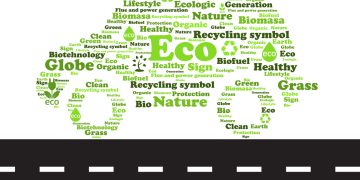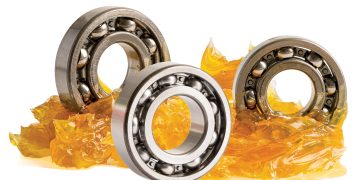Yesterday, Union Finance Minister Nirmala Sitharaman presented the Union Budget 2023 in parliament. This Budget is a significant one, given that it will be the last full-fledged Budget before the 2024 elections. Here are some of the key highlights of the Budget with reference to the automotive industry.
In her Union Budget 2023 speech, Finance Minister Nirmala Sitharaman announced the removal of customs duties on capital goods and machinery used for the production of lithium-ion cells for batteries of electric vehicles (EVs), with the goal of reducing the cost of EVs in India. This initiative is a part of the Union Budget 2023, which aims to encourage green mobility in the country.
The Finance Minister has emphasised the government’s commitment to green mobility through the launch of the National Green Hydrogen Mission. With an allocated budget of ₹19,700 Cr, this initiative seeks to reduce the carbon footprint of the economy, reduce reliance on imported fossil fuels, and make India a leader in the new and rapidly growing hydrogen sector. The government has set a goal to reach an annual production of 5 MMT by 2030.
The Vehicle Scrappage Policy, introduced in the last Budget, will be further bolstered by the allocation of additional funds from the central government. The Finance Minister also announced that details regarding the policy’s implementation at the state level will be shared in due course. Moreover, the government will provide necessary aid to states in order to ensure the successful scrapping of old vehicles and ambulances.
The Union Budget 2023 proposes a decrease in the basic customs duty rates on goods, other than textiles and agriculture, from 21% to 13%. This small amendment in the basic customs duties, cesses, and surcharges will affect some items, such as automobiles, to a minor extent. The Budget also raised the tax rebate threshold for individual income from ₹5 lakh to ₹7 lakh, likely providing salaried citizens with added disposable income to purchase items such as automobiles.



























































